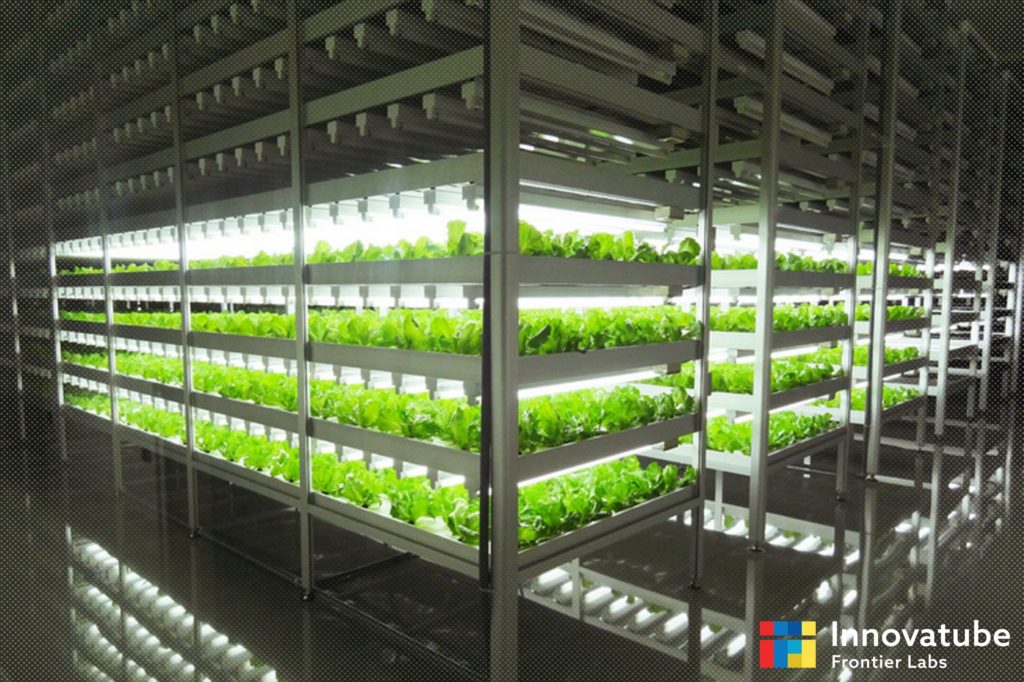
“The world is producing more food than ever before,” says Fred Kaufman in his book “Bet the Farm: How Food Stopped Being Food”. Hunger – the problem that seemed to have ended when the war was over and peace was established – is now gradually returning to the world. Meanwhile, the food industry is always increasing their agricultural production, but millions of people around the world face hunger every day. The reason for this problem is that the food produced to serve an excessive amount of virtual demand while the actual demand is always increasing causing inflation to rise causing food prices to rise.
Famines occur everywhere from rural to suburban. But one of the places most affected by famine is urban. According to a report by the US Department of Agriculture, when the population of cities is growing rapidly, many urban people are facing food shortages, or they are living in where it is difficult to access food supplies such as supermarkets, shopping centers, and grocery stores at affordable prices.
What could be harmful to an indoor Farm?
As people from many parts of the world move to the city to live and work more and more, the city’s supporters will have to find ways to help them find a place to live. This led to the more people coming to the city, the government would have to reclaim farmland to build more housing to support the people. In many countries including Vietnam, the government has had to expand the boundaries of the city to support more people. It can be said to merge the old Hanoi and the old Ha Tay together to expand Hanoi.
The model of indoor farms may limit this expansion. “Indoor farm models can be applied on plots of land – previously used for agricultural purposes – to require subleasing without breaking the law,” said Paul P.G. Gauthier.